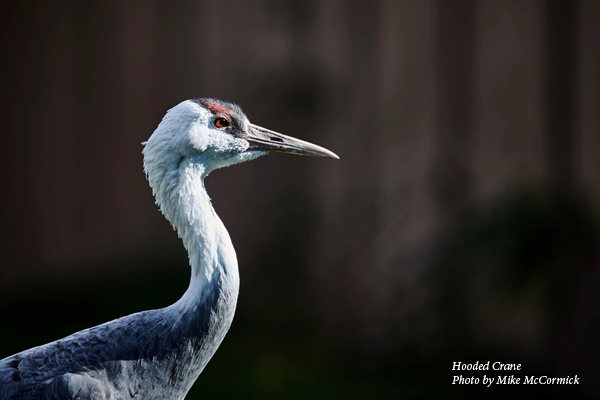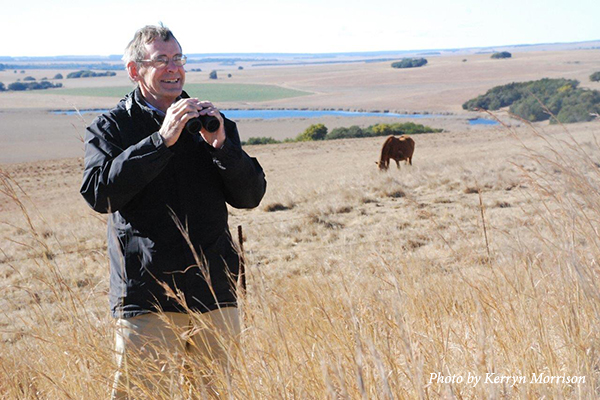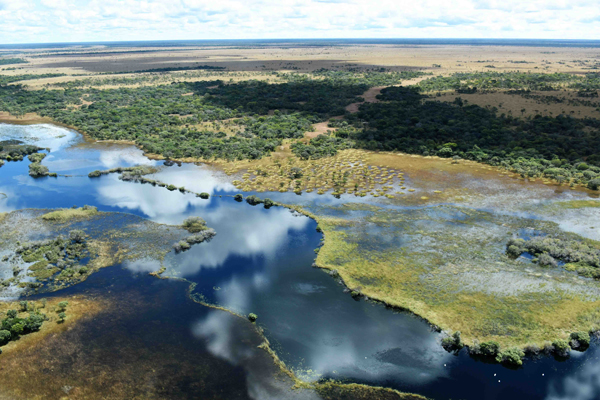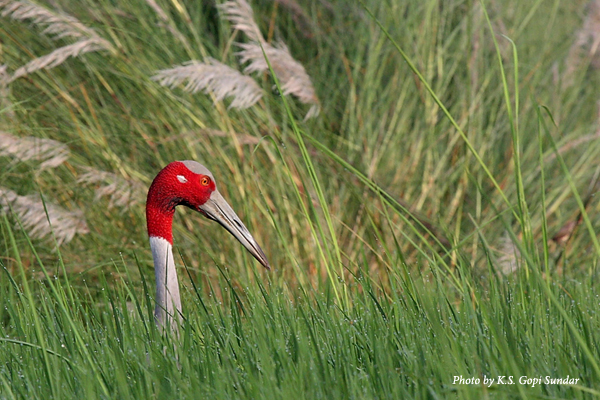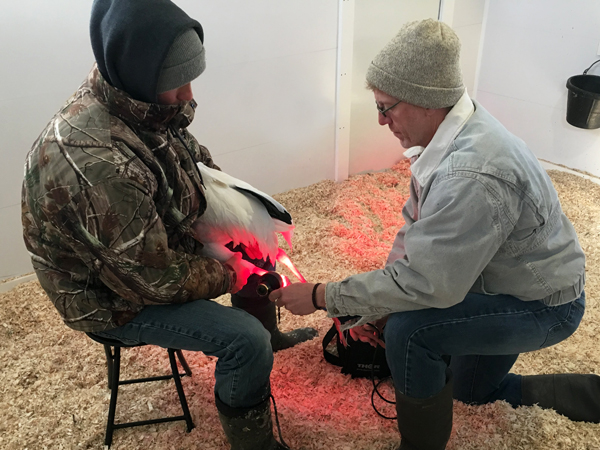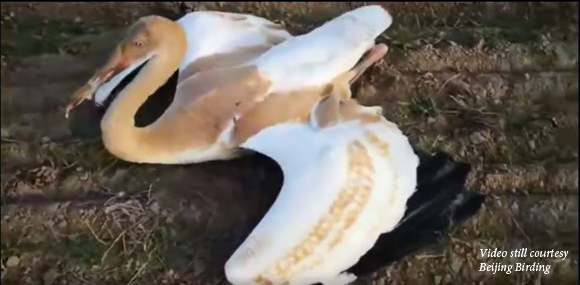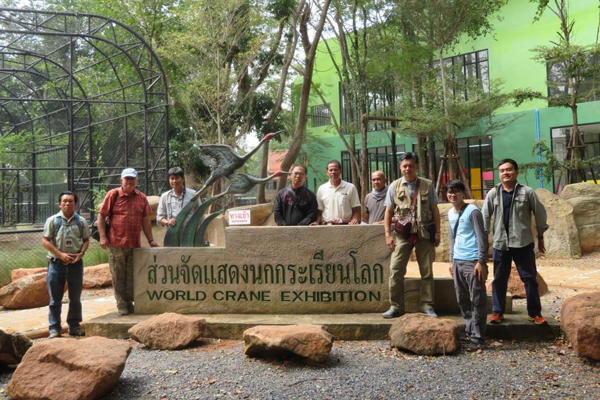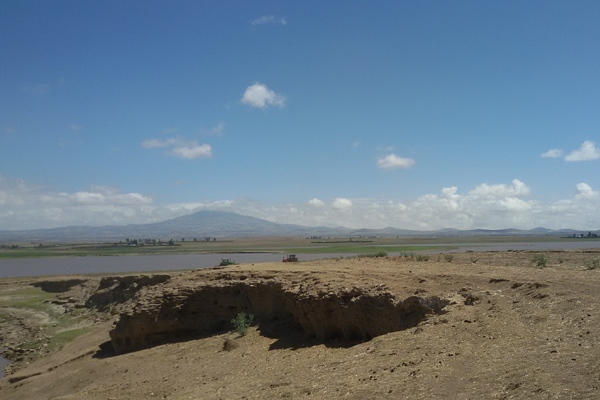 From April 5 to7, 2018, Suncheon City hosted an International Crane Symposium to address the threats and responses to avian influenza along the Eastern Flyway. I participated in the symposium and gave the keynote speech on the role of the Korean peninsula in crane conservation.
From April 5 to7, 2018, Suncheon City hosted an International Crane Symposium to address the threats and responses to avian influenza along the Eastern Flyway. I participated in the symposium and gave the keynote speech on the role of the Korean peninsula in crane conservation.
Category: Global Crane News
Jim Harris – Decades of Dedication
 On the occasion of his retirement from the International Crane Foundation, I find myself reflecting on my long friendship with Jim Harris. Jim has been a close friend these many years, and our organization has greatly benefited from his unwavering dedication and leadership.
On the occasion of his retirement from the International Crane Foundation, I find myself reflecting on my long friendship with Jim Harris. Jim has been a close friend these many years, and our organization has greatly benefited from his unwavering dedication and leadership.
Notes from the President: New Wattled Crane Populations Discovered in Angola
 I’ve just returned to South Africa following a remarkable few days of aerial surveys in Angola, and a great visit with our team in Zambia prior to that.
I’ve just returned to South Africa following a remarkable few days of aerial surveys in Angola, and a great visit with our team in Zambia prior to that.
Changes in agricultural and rainfall patterns help unseasonal nesting of Sarus Cranes in India
 In India, Sarus Cranes nest during the annual monsoon, when yearly rains replenish the landscape. Interestingly, Sarus Cranes occasionally will nest outside of the monsoon as well. Until recently, several hypotheses for this behavior have been suggested, but careful evaluation of these hypotheses has been absent.
In India, Sarus Cranes nest during the annual monsoon, when yearly rains replenish the landscape. Interestingly, Sarus Cranes occasionally will nest outside of the monsoon as well. Until recently, several hypotheses for this behavior have been suggested, but careful evaluation of these hypotheses has been absent.
Using Photomedicine to Care for Aging Cranes
 The International Crane Foundation supports a full-time veterinary team and comprehensive health care program for our captive crane population. The most common issue affecting the aging cranes in our captive population is osteoarthritis – affecting 10% of our current flock – which unfortunately has no cure. Recent research in the area of low-level light therapy has shown excellent results in treating chronic pain with no known side effects.
The International Crane Foundation supports a full-time veterinary team and comprehensive health care program for our captive crane population. The most common issue affecting the aging cranes in our captive population is osteoarthritis – affecting 10% of our current flock – which unfortunately has no cure. Recent research in the area of low-level light therapy has shown excellent results in treating chronic pain with no known side effects.
New information regarding Siberian Crane poisonings in Yellow River delta, China
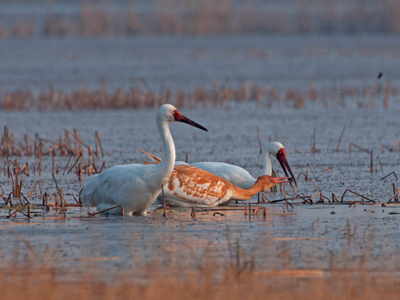 We’ve received updated information regarding the Siberian Cranes found earlier this month poisoned near their staging area on the Yellow River delta in central China.
We’ve received updated information regarding the Siberian Cranes found earlier this month poisoned near their staging area on the Yellow River delta in central China.
Travels with George: Returning Sarus Cranes to Thailand
 The idea for an Eastern Sarus Crane reintroduction program in Thailand “hatched” at an International Crane Workshop in 1983 hosted by the Government of India and the International Crane Foundation.
The idea for an Eastern Sarus Crane reintroduction program in Thailand “hatched” at an International Crane Workshop in 1983 hosted by the Government of India and the International Crane Foundation.
Announcing new range maps for all 15 crane species

Building upon decades of research, we have created current range maps for the 15 species of crane on behalf of the IUCN Species Survival Commission Crane Specialist Group. The maps represent the combined knowledge of experts throughout each species’ range.
Wattled Crane Discovery in Ethiopia

“Congratulations. I am totally thrilled that you found such a substantial population of Wattled Cranes.” ~ George
The Call of the Lonely Crane
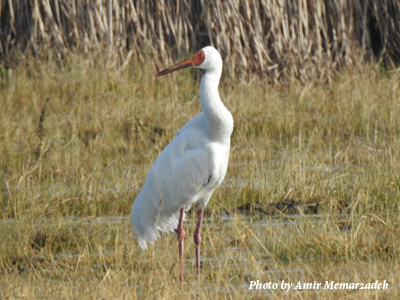 For many years a single Siberian Crane has returned to its wintering grounds in Fereydunkenar, Iran near the Caspian Sea. The locals call him “Omid,” meaning “Hope” in Farsi.
For many years a single Siberian Crane has returned to its wintering grounds in Fereydunkenar, Iran near the Caspian Sea. The locals call him “Omid,” meaning “Hope” in Farsi.

